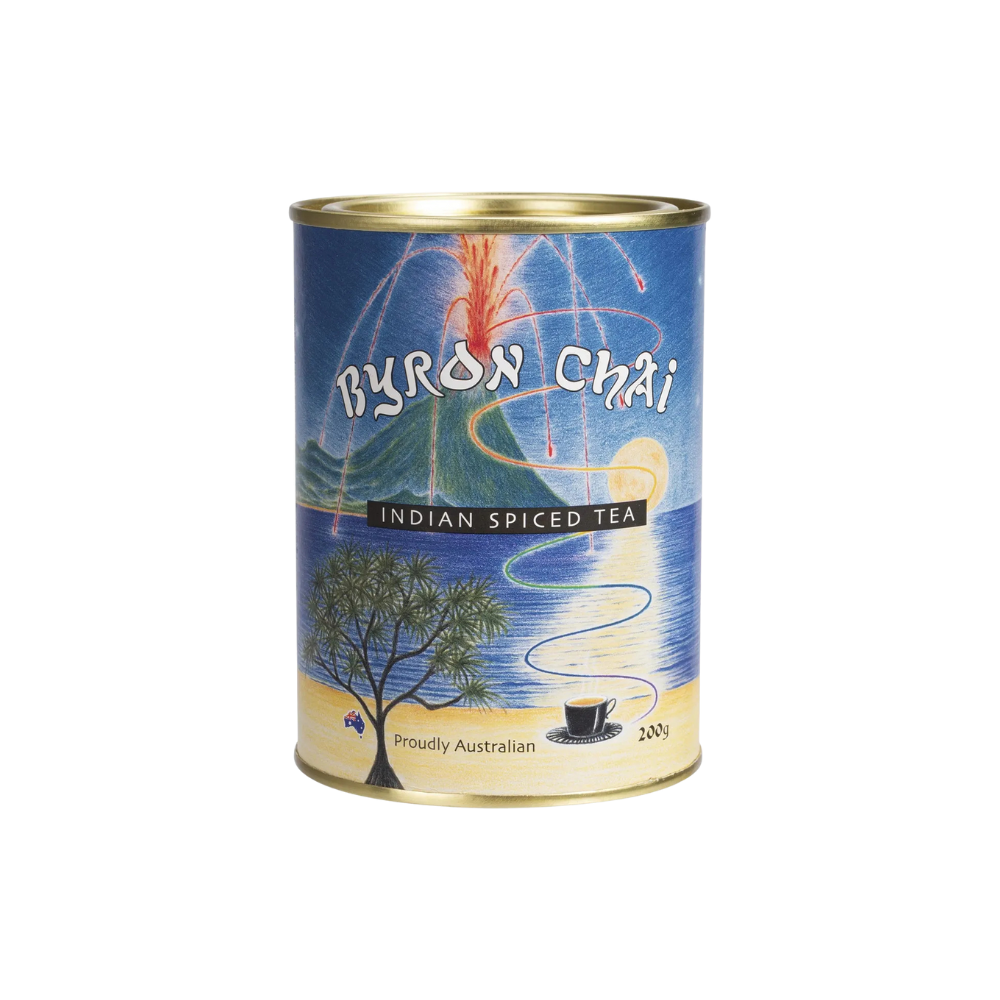We hear it all the time: "I'd love to eat healthier, but clean eating is just too expensive." It's one of the biggest barriers we encounter when supporting clients on their wellness journeys, and honestly, we completely understand where this concern comes from.
When you walk down the health food aisles and see organic produce priced significantly higher than conventional options, or when social media influencers showcase pantries stocked with expensive superfoods, it's easy to believe that nourishing your body well requires a hefty budget.
But eating clean and real food doesn't have to cost a fortune.
At Nourishing Apothecary, we believe that everyone deserves access to nourishing food that supports their wellbeing, regardless of their budget. We've worked with countless clients who've discovered that with some smart strategies and a bit of planning, eating well can actually save money in the long run. Today, we're sharing our most effective tips for clean eating on any budget.
Rethinking "expensive" eating
Before we dive into practical strategies, let's reframe how we think about food costs. When we invest in nutrient-dense foods, we're often more satisfied with smaller portions, experience fewer cravings for processed snacks, and may find ourselves with better energy levels and fewer sick days. Many of our clients discover that their overall food spending actually decreases when they focus on real, whole foods.
That said, we know that upfront costs can feel overwhelming, especially when you're transitioning to a cleaner way of eating. The key is working smarter, not harder, and definitely not spending more than necessary.
Smart shopping strategies that save
Embrace seasonal eating
One of the most effective ways to eat well on a budget is to align your eating with nature's calendar. Seasonal produce is typically:
-
More affordable due to abundance
-
More nutritious (picked at peak ripeness)
-
More flavourful
-
Often locally grown, reducing transport costs, which are passed on to you as a consumer
Autumn favourites: Pumpkins, sweet potatoes, apples, pears, Brussels sprouts, and cauliflower are all budget-friendly powerhouses during cooler months.
Spring abundance: Take advantage of affordable asparagus, leafy greens, radishes, and early stone fruits.
Summer savings: Zucchini, tomatoes, stone fruits, and berries are at their cheapest and most delicious.
Winter warmers: Root vegetables like carrots, parsnips, and potatoes, plus hearty greens like kale and cabbage.
Create a seasonal shopping list and plan your meals around what's naturally abundant. Your wallet and your taste buds will thank you.
The frozen food advantage
Here's a clean eating secret: frozen vegetables and fruits can be more nutritious than fresh options that have travelled long distances or sat in storage. They're snap-frozen at peak ripeness, locking in nutrients and extending shelf life significantly.
Smart frozen swaps:
-
Frozen berries for smoothies and baking (often a third of the price of fresh)
-
Frozen spinach for cooking (much cheaper than fresh, perfect for soups and stews)
-
Frozen peas and corn (convenient, nutritious, and budget-friendly)
-
Frozen fish fillets (often better quality and value than fresh options)
Stock up when frozen options are on sale; they'll keep for months and provide the foundation for countless nutritious meals.
Batch cooking: your budget's best friend
Spending a few hours in the kitchen once or twice a week can dramatically reduce your food costs while ensuring you always have healthy options on hand.
Grains and legumes in bulk
Buying grains, beans, and lentils in bulk can reduce costs by up to 70 per cent compared to pre-packaged options. Cook large batches and freeze portions for quick, protein-rich meal foundations.
Budget-friendly staples:
-
Brown rice, quinoa, and oats
-
Dried beans, lentils, and chickpeas
-
Seeds and nuts (when bought in bulk)
Soup and stew strategies
Soups and stews are incredibly economical because they can transform small amounts of protein and vegetables into satisfying, nutritious meals. Use vegetable scraps to make stock, add whatever vegetables need using up, and include affordable protein sources like eggs, legumes, or small amounts of meat.
Prep-ahead proteins
When quality proteins go on sale, buy larger quantities and prepare them in various ways:
-
Slow-cook cheaper cuts of meat for tender, flavourful meals
-
Hard-boil a dozen eggs for easy protein additions
-
Cook dried beans and lentils in large batches
Strategic substitutions that save
Protein alternatives
You don't need expensive cuts of meat to get quality protein. Some of the most nutrient-dense protein sources are also the most affordable:
-
Eggs: Incredibly versatile and one of the most complete protein sources available
-
Canned fish: Wild-caught sardines and salmon provide omega-3s at a fraction of fresh fish costs
-
Legumes: Beans and lentils offer protein, fibre, and complex carbohydrates
-
Greek yoghurt: Higher in protein than regular yoghurt and very versatile
Herb and spice savings
Fresh herbs can be expensive and spoil quickly. Instead:
-
Grow your own herbs in pots (basil, parsley, and mint are especially easy)
-
Buy dried herbs and spices in bulk
-
Freeze fresh herbs in ice cube trays with olive oil
-
Use herb stems and vegetable scraps to make flavourful broths
The clean fifteen and dirty dozen strategy
When organic options stretch your budget too thin, prioritise your spending using the Environmental Working Group's guides:
Prioritise organic for: Strawberries, spinach, stone fruits, and leafy greens (the "dirty dozen" that tend to have higher pesticide residues)
Save on conventional: Avocados, corn, pineapple, and cabbage (the "clean fifteen" with lower pesticide residues)
This targeted approach lets you reduce exposure to pesticides while keeping costs manageable.
Budget-friendly pantry essentials
Stock your pantry with these versatile, shelf-stable ingredients that form the foundation of countless healthy meals:
Grains and starches:
-
Brown rice, quinoa, oats
-
Sweet potatoes (incredibly nutritious and filling)
-
Wholegrain pasta
Proteins:
-
Dried beans and lentils
-
Canned fish (sardines, salmon, tuna)
-
Eggs
-
Natural nut butters
Healthy fats:
-
Olive oil, coconut oil
-
Nuts and seeds (bought in bulk)
-
Avocados
Flavour makers:
-
Garlic, onions, ginger
-
Dried herbs and spices
-
Apple cider vinegar, lemon juice
Meal planning that works
Successful budget-friendly clean eating starts with planning. Spend 15 minutes each week:
-
Check what you have: Use up ingredients before they spoil
-
Plan around sales: Check grocery catalogues and plan meals around discounted items
-
Cook once, eat twice: Plan meals that provide leftovers for lunch or can be repurposed
-
Theme nights: Simplify planning with "Meatless Monday" or "Fish Friday"
The real cost of processed foods
While a packet of biscuits might seem cheaper than fresh fruit, consider the hidden costs:
-
Lower nutritional value per dollar spent
-
Less satiety, leading to more frequent snacking
-
Potential long-term health impacts
-
Missing out on the energy and wellbeing that comes from proper nourishment
When you calculate the true cost per nutrient and consider how much better you feel eating real food, clean eating becomes an investment rather than an expense.
Building sustainable habits
The key to budget-friendly clean eating is being consistent and making smart choices. Start with one or two strategies that feel manageable, and gradually incorporate others as they become habits.
Don’t try to completely overhaul your eating overnight. Small, sustainable changes compound over time, creating lasting improvements in both your health and your budget.
We understand the whole picture
At Nourishing Apothecary, we know that wellness isn't just about what happens in our clinic rooms. We understand that real life includes budget constraints, time pressures, and competing priorities. Whether you're working to support your hormonal balance naturally (learn more in our guide to five natural ways to support hormonal balance), managing family nutrition needs, or simply wanting to feel your best on any budget, our approach to nutrition and wellness always considers your practical circumstances alongside your health goals.
We know that life happens, that you’re managing a tight budget, feeding a family, and navigating other life challenges. We're here to help you find realistic ways to nourish your body well. Sometimes the most powerful medicine is simply knowing that someone understands your situation and can offer practical solutions that actually work in your life.
Nourishment is for everyone
Eating well shouldn't be a privilege reserved for those with unlimited budgets. With some strategic planning, smart shopping, and a focus on simple, whole foods, you can nourish your body beautifully without financial stress.
Your health journey is unique, and so are your circumstances. If you'd like personalised guidance on creating a nutrition plan that works within your budget and supports your specific health goals, we're here to help. Because everyone deserves to feel their best, regardless of their grocery budget.
Ready to discover how good nutrition can work within your budget? Book a discovery call with one of our naturopaths to explore practical, affordable ways to support your wellbeing with real food.
Browse our collection or book a discovery call with our naturopaths to create a personalised plan that fits your lifestyle and your budget.








